Dogs are full of surprises, and their quirky, instinctual behaviors are part of what makes them such lovable companions. From wagging tails to the endless sniffing of everything in sight, these habits are more than just cute—they’re crucial to their happiness and well-being.
As pet owners, it’s easy to want to “correct” some of these behaviors, but what if we told you that embracing them could lead to a deeper, more rewarding bond with your dog? These natural instincts, often misunderstood, are key to their emotional health and sense of security.
So, before you try to stop your dog from wagging their tail at full speed or digging that hole in the yard, take a moment to appreciate these endearing habits. Let’s take a closer look at 15 behaviors you should never discourage—because they’re what make your dog, well… your dog!
Tail Wagging

Everyone loves a wagging tail; it’s a universal sign of happiness. But did you know it’s also an essential communication tool for dogs? Their tails convey emotions, indicating excitement, nervousness, or curiosity.
When a dog wags its tail with enthusiasm, it’s often a sign of a friendly demeanor. A slightly lowered wag can mean they are feeling a little shy or cautious.
Understanding the subtle differences in tail wagging can provide insight into your dog’s feelings and intentions. It’s a language of its own, one that helps build a stronger bond with your pet.
Sniffing Everything
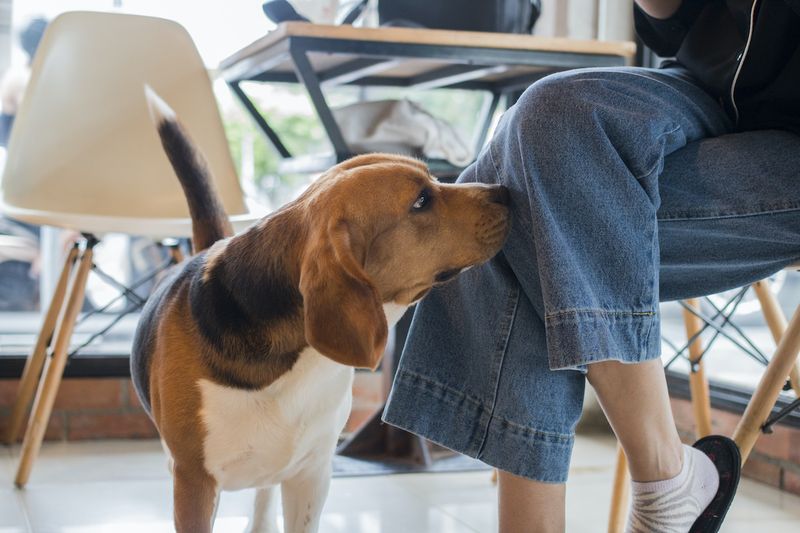
Dogs experience the world through their noses, making sniffing an integral part of their lives. With a sense of smell far superior to humans, they gather information about their environment.
When a dog sniffs a tree or a patch of grass, it’s piecing together the stories of other animals that passed by. This habit can sometimes slow down your walks, but it’s essential for their mental stimulation.
Allowing your dog to sniff freely nurtures their curiosity and satisfies their instinctual needs. It’s their version of reading a good book, full of intriguing scents and tales.
Barking

Barking is a natural form of communication for dogs that should be understood rather than suppressed. It can indicate a range of emotions from excitement to alertness.
When your dog barks at a passerby, it might be guarding its territory or simply expressing joy. While excessive barking can be an issue, it’s important to recognize what they are trying to convey.
Training can help manage when and how they bark. However, acknowledging their need to communicate is crucial. After all, it’s their way of saying, “Hey, I’m here, and this is my space!”
Chewing

Chewing is a natural instinct that helps dogs explore their world and relieve stress. For puppies, it’s also part of the teething process, much like how human babies chew on toys.
Providing them with suitable chew toys not only protects your furniture but also satisfies this essential urge. Older dogs continue to chew to keep their teeth clean and jaws strong.
While it’s vital to guide them on what’s appropriate to chew, discouraging the behavior entirely can lead to anxiety and frustration. Embrace it by offering fun, safe, and engaging chew toys.
Digging
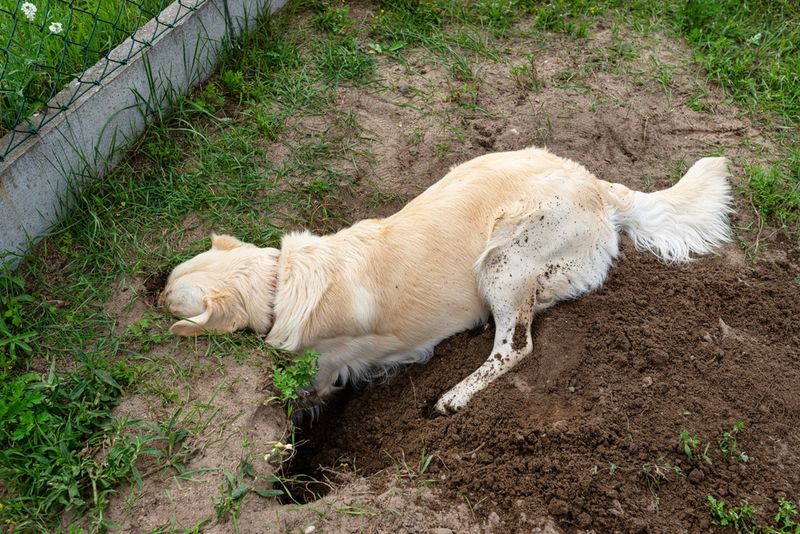
Digging is a behavior rooted in a dog’s ancestry, often used to create a comfortable resting spot or to hunt. While your backyard might not be the ideal place for this, it’s important to understand why they do it.
For many dogs, digging is a form of play or a way to cool down on a hot day. Providing a designated digging area can satisfy their urge without disrupting your garden.
Encouraging this habit in an appropriate setting allows them to indulge in a natural activity that brings joy and fulfillment.
Chasing Things
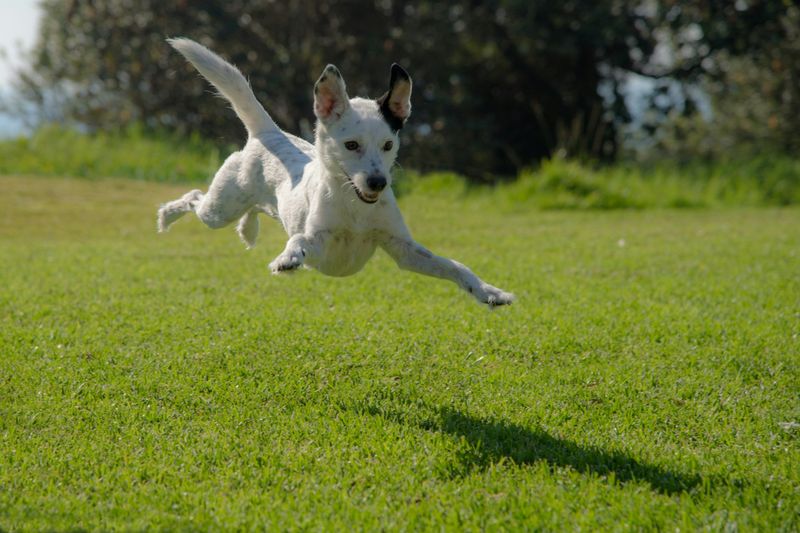
Chasing is an instinctive behavior that harks back to a dog’s hunting ancestry. This thrilling pursuit can be sparked by anything that moves quickly, from a squirrel to a bouncing ball.
Engaging in chase games with your dog, like fetch, fulfills their predatory instincts while providing them with exercise and joy. It’s a delightful way to bond with your furry friend, turning their natural reflex into a positive interaction.
Chasing shouldn’t be discouraged, but rather channeled into fun and safe activities that keep your dog active and happy.
Rolling in Smells
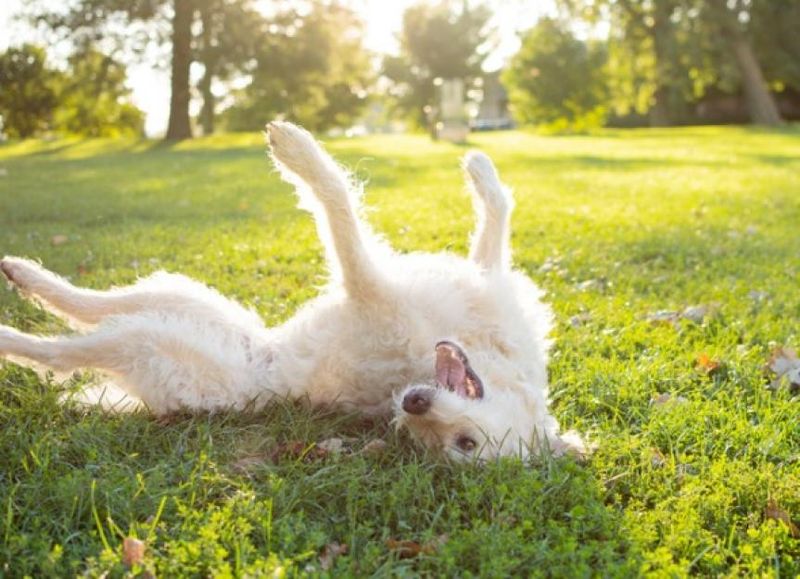
As odd as it may seem, dogs love to roll in smelly things, a habit that might leave you baffled and your dog needing a bath. This behavior harks back to their wild ancestors who rolled in scents to mask their own.
While it might not be pleasant for us, it’s a sensory delight for them. Understanding this instinct helps us tolerate it more. It can be curbed by redirecting them during a walk, but allowing occasional indulgence can be satisfying for your dog’s instincts and, oddly enough, a source of their happiness.
Licking
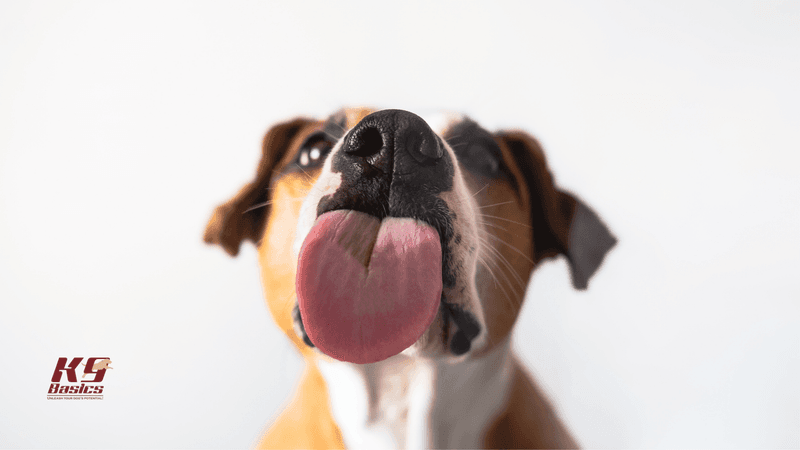
Licking is a multi-faceted behavior that can range from affection to exploration. Dogs lick to communicate love, to taste something interesting, or even to soothe themselves when anxious.
It’s a behavior learned from when they were puppies, as mothers lick their young to clean and comfort them. While excessive licking can sometimes be a sign of stress, it’s often a method of bonding.
Understanding the context of your dog’s licking can help you respond appropriately. It’s their way of saying, “You’re part of my pack, and I care about you.”
Sleeping in Weird Positions

Dogs seem to find the oddest positions comfortable for sleeping, from sprawled on their backs to curled into tight balls. These positions often reflect their comfort and trust in their surroundings.
A dog that sleeps belly-up is relaxed and feels secure, while curling up might be conserving warmth. Understanding these quirky habits can offer insights into their feelings and health.
Embracing their unique sleeping styles allows them to rest peacefully and recharge. It’s a heartwarming reminder of how much trust they place in their human companions.
Jumping Up

Jumping up is a common way for dogs to express excitement and affection, often seen when you return home. Although it can be overwhelming, it’s their joyful greeting.
Training them to sit before petting can manage the enthusiasm without discouraging their happiness. Understanding why they jump up – usually to get closer to your face and show affection – helps in teaching appropriate greeting behavior.
It’s a sign of their deep attachment and love, which can be nurtured with patience and consistent training, making greetings a pleasant experience for all.
Howling
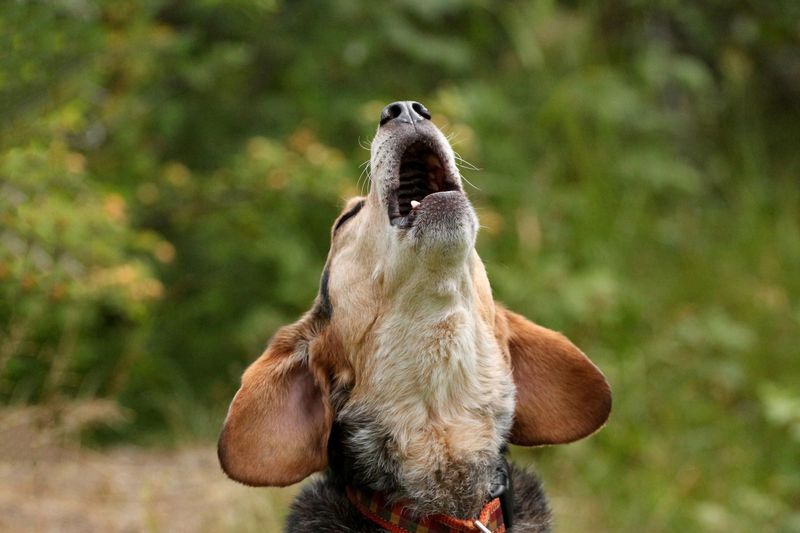
Howling connects dogs to their wild ancestors, echoing the way wolves communicate over distances. While it might seem mysterious, it’s often a response to sounds like sirens or other dogs.
Howling can also be a way for dogs to express loneliness or seek attention. Allowing them to howl occasionally can be a way to connect with their instincts.
If it becomes excessive, ensuring they have ample companionship and stimulation can help balance their need to vocalize. Understanding that this sound is a part of their natural repertoire can foster harmony.
Digging in Blankets

Ever notice your dog digging in blankets before settling down? This behavior is deeply rooted in their nesting instincts. Dogs dig in soft materials to create a comfortable, secure sleeping spot, reminiscent of their ancestors’ dens.
Encouraging this can be as simple as providing them with soft, layered bedding. This comforting ritual not only helps them feel relaxed but also allows them to express their natural behaviors.
Embracing these habits creates a sense of security and well-being, making nap time a snug and satisfying experience.
Nosing Around

A dog’s nose is its guide, leading them to explore every interesting nook and cranny. Nosing around is an expression of curiosity and a method of gathering information.
Whether it’s investigating new scents or rooting through fallen leaves, this behavior stimulates their minds and satisfies their inquisitive nature.
Allowing your dog the freedom to nose around safely fosters their natural instincts and keeps them mentally engaged. It’s their way of interacting with the world, turning every walk or yard exploration into an adventure.
Eating Grass

Although puzzling to many owners, eating grass is a common habit among dogs. Some experts suggest it aids digestion, while others believe it’s simply enjoyable for them.
Occasionally, grass eating can signal stomach upset, but more often than not, it’s harmless. Providing your dog with safe, pesticide-free grass to nibble on allows them to follow their instincts without worry.
Embracing this quirky habit usually leads to contentment. It’s one of those little canine mysteries that adds to the charm of having a dog, showing us they’re full of surprises.
Head Tilting

Few things are as endearing as a dog tilting its head in curiosity, seemingly trying to understand every word you say. This adorable habit might help them focus on sounds or express empathy.
It’s a sign that your dog is engaged and interested in you. Encouraging head tilts with playful interactions strengthens your bond. Whether they’re deciphering your tone or responding to a new sound, head tilting shows their sensitivity and intelligence.
It’s a gentle reminder of the deep connection shared between humans and their canine companions.

